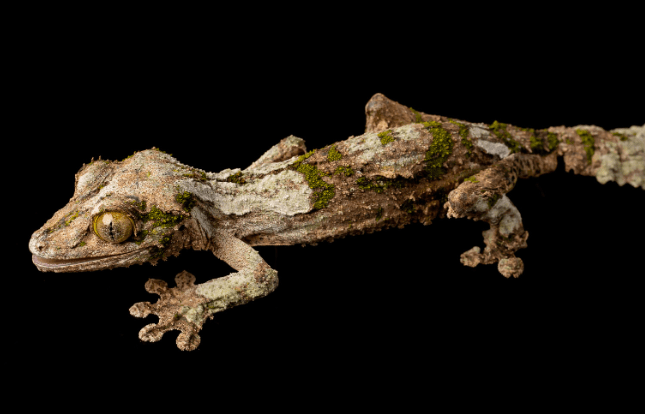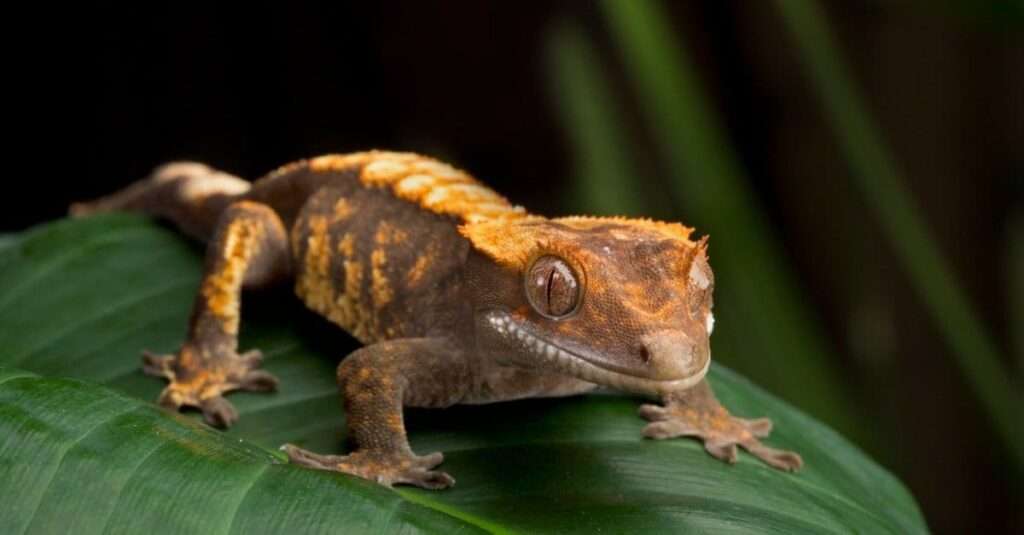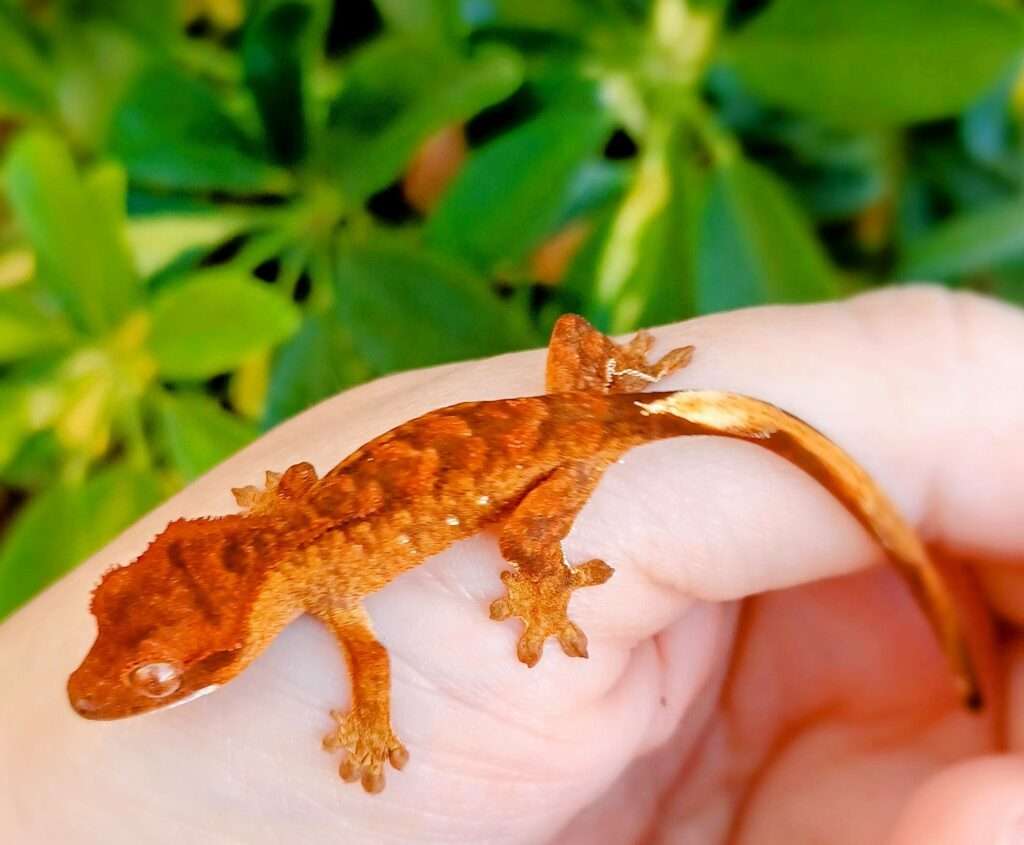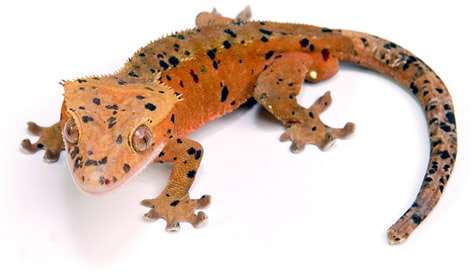
Description:
Scientific name:
Life span: Up to 15 years
A species of lizard belonging to the Gekkonidae family is called Uroplatus sikorae, often known as the southern flat-tail gecko or the mossy leaf-tailed gecko.
The coloration of U. sikorae was created for camouflage; it is often grayish brown to black or greenish brown with a variety of markings that are meant to simulate tree bark, right down to the lichens and moss that grow on the bark.
The dermal flap, which runs the length of U. sikorae’s body, head, and limbs, is a skin flap that it may rest against a tree during the day to scatter shadows and virtually disappear.
Native Region/Habitat
Madagascar is the only place that has Uroplatus sikorae. These geckos can be found in Madagascar’s main and secondary tropical forests in the country’s eastern and central regions.

Behavior:
Mossy leaf-tailed geckos spend their nights under trees. Since they live amid the trees, these geckos rely on their built-in concealment. They snooze for the majority of the day by hanging vertically on tree trunks. They will leave their places of rest from the daytime and travel out at night in quest of prey. It has the ability to modify the color of its skin to blend in with its surroundings and has dermal flaps that soften the contour of its body when at rest. Insectivores, such as mossy leaf-tailed geckos, consume gastropods, arthropods, and insects.
Care As a pet/In captivity:
Housing: The cage must be big enough to allow mossy leaf-tailed geckos to hunt, explore, and generally engage in their natural behaviors. They also prefer terrariums that are as tall as possible because they are arboreal, which means that they are a species that lives in trees. Because of this, a single mossy leaf-tailed gecko should have an enclosure that measures 18″L × 18″W x 24″H at the very least.
Temperature: Yet, because leaf tailed geckos are cold-blooded, they must migrate between environments with varying temperatures in order to maintain a constant body temperature. Leaf-tailed geckos sleep in a warm area of sunshine to warm themselves throughout the day in the wild. An artificial heat source, such as a heat lamp, can simulate sunlight in captivity.
- Temperature in the basking area: 27–29°C (82–84°F).
- 72-78°F (22-25°C) is the average air temperature.
- Temperature in the cool zone: 68–72°F (20–22°C)
Humidity: The ideal humidity for mossy leaf-tailed geckos is between 80 and 85% at night and 70 to 75 percent during the day, as determined using a digital probe hygrometer with the probe placed in the center of the enclosure. If the humidity is regularly too high or low, your gecko may experience health issues. Nonetheless, it is normal for humidity levels to be higher in cool areas and lower in warm areas. Also, it is typical and beneficial for humidity levels to change during the day and night.
Food: Being insectivores, leaf-tailed geckos must consume insects in order to obtain the nutrients they require. Because leaf-tailed geckos love to hunt, live insects must be offered to whet their hunger. Adults can be fed every other day; children should be fed every day. Give them as much as they can consume in one evening. Adults can occasionally skip a feeding without harm, and it’s actually beneficial.
Crickets, dubia roaches, discoid roaches, red runner roaches, darkling beetles, captive-bred snails, and grasshoppers are the best insects.
To increase nutrition, feeder insects should be gut loaded for 24 to 48 hours before feeding.
Table





